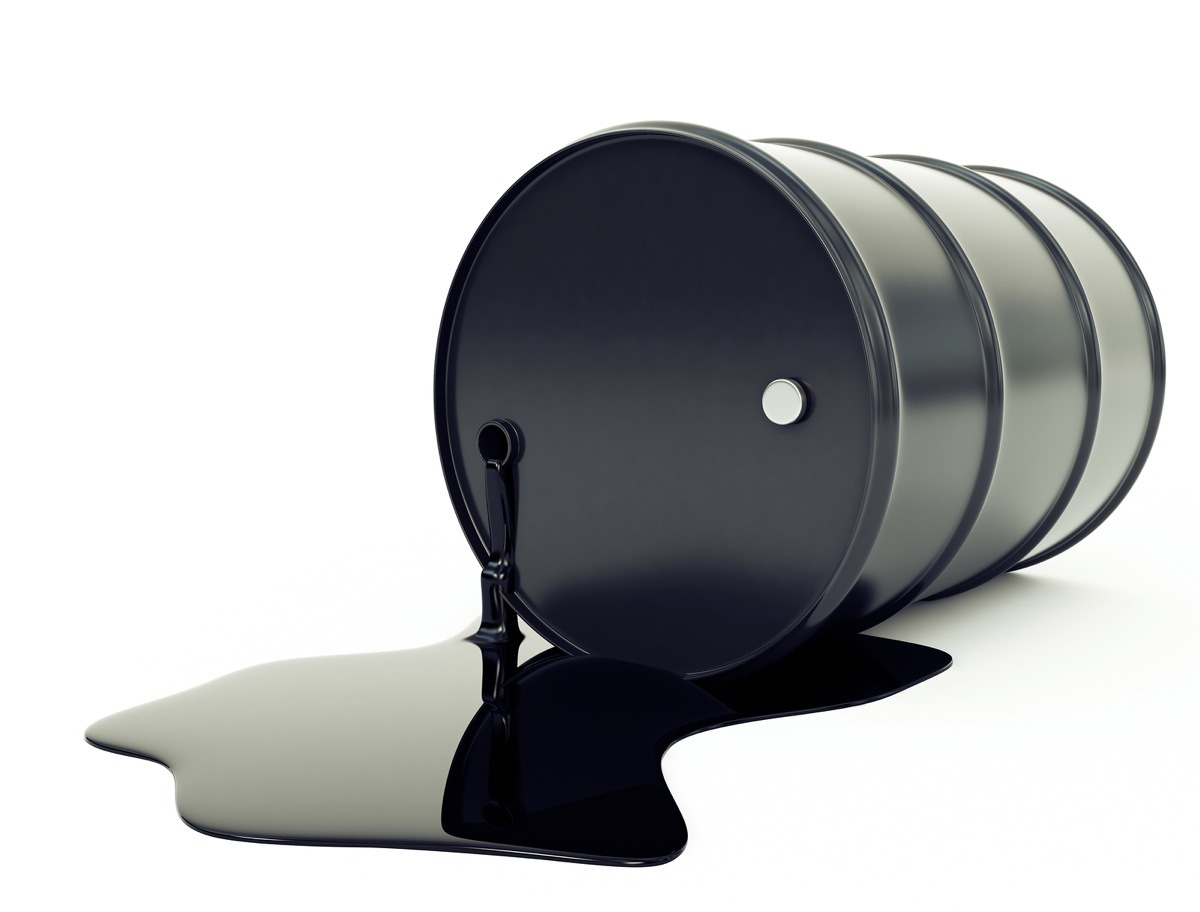The run up in food prices this year has, hopefully, shined a bright light on the oligopoly that controls the world’s grain markets. An oligopoly is a market that is controlled by a small number of producers, which allows them to collaborate and set prices for the market as a whole. OPEC is the most common textbook example. The U.S., Brazil, Argentina and Australia dominate the grain industry. There is grain production in every country but these four control the vast majority of the export market. That may be about to change and bring new, long-term investment possibilities with it.
When crude oil topped $145 per barrel in 2008 it was a painful, but simple adjustment to the world’s lifestyle. When the grain market soared to all time highs this summer, forcing food inflation on the world’s population, the adjustments weren’t so simple. The mechanization of the global grain production process places more and more of the world’s food production in the hands of fewer and fewer people.
The global grain stores are running at multi year lows, just as they were at the beginning of this U.S. growing season. This summer’s drought was the worst in 50 years here. The weather pattern also knocked 13% off of Australia’s wheat crop and they’re the world’s largest wheat exporter. This also led to a nearly 60% decline in their ending stocks over the last three years. The only thing keeping prices in check at the moment is South America’s increasing efficiency. Brazil’s soy production may surpass the U.S. this year and thanks to their long growing season, double crops of corn are becoming normal.
The global demand growth for coarse grain production has been fueled by the Pacific Rim’s meat production industry, rather than by population growth. China’s population growth is less than one percent per year, yet their hog market is growing by an average of 3.5% per year. The growth in their agricultural markets for both grains and meats has been astounding, as production of both have shifted from individual farmers on their own land to the mechanized version of agri-business that is the model of the industrial world. Their soybean imports, which are used for feed, have grown from 3 million metric tons in 1997 to approximately 56 million tons this year.
These wheels have been set in motion and will not be derailed by a collapse in the Eurozone or a surprise in our elections. The trends in population growth and the move towards global improvements in diet are really just beginning. The United Nations and the Food and Agriculture Organization (FAO) just reported that global wheat prices for 2012 were up 25%. They added further that source inputs have now caused the price of dairy to rise by 7% in just the last month.
The arguments over who gets their principal back on a Greek or Spanish Bond is far less important to Greeks and Italians than the ability to put food on the table. Food inflation, as a result of the commodity rallies of ’07 and ’12, was also a primary cause of the Arab Spring. It is far easier to control a population with a full belly than it is to placate a parent unable to stop the crying of a hungry child.
So, where’s the trade? The trade starts with slowing global growth and negative growth across Europe. Negative growth will increasingly put the pinch on Eastern European countries like Kazakhstan, Ukraine and Russia. This is the main breadbasket of Europe and North Africa. Bottom up analysis of these macro trends reveals very large growth potential in several African countries. The BRIC’s have received most of the attention over the last ten years and rightfully so. However, as more and more resources are pulled from African countries for global production, it becomes clear that these countries are also next on the open borders list to develop.
Therefore, using the pending global economic contraction as the setup, I’ll be using declines in the stock market to knock the valuations of agri-business stocks like ADM, Monsanto, Cargill, AgroSA, Bunge, Caterpillar, DeutzAG, down and for retail investors to get washed out. There are two important things to take away from this. First of all, I am not a stockbroker. These trades cannot be executed through me. I stand to gain nothing financially from anyone following this advice. Secondly, I believe that we will get an equity selloff similar to 2008 and I plan on being ready to put cash to work in companies that stand to profit the most from the commodity markets I know best in the coming decade.
This blog is published by Andy Waldock. Andy Waldock is a trader, analyst, broker and asset manager. Therefore, Andy Waldock may have positions for himself, his family, or, his clients in any market discussed. The blog is meant for educational purposes and to develop a dialogue among those with an interest in the commodity markets. The commodity markets employ a high degree of leverage and may not be suitable for all investors. There is substantial risk of loss in investing in futures.




